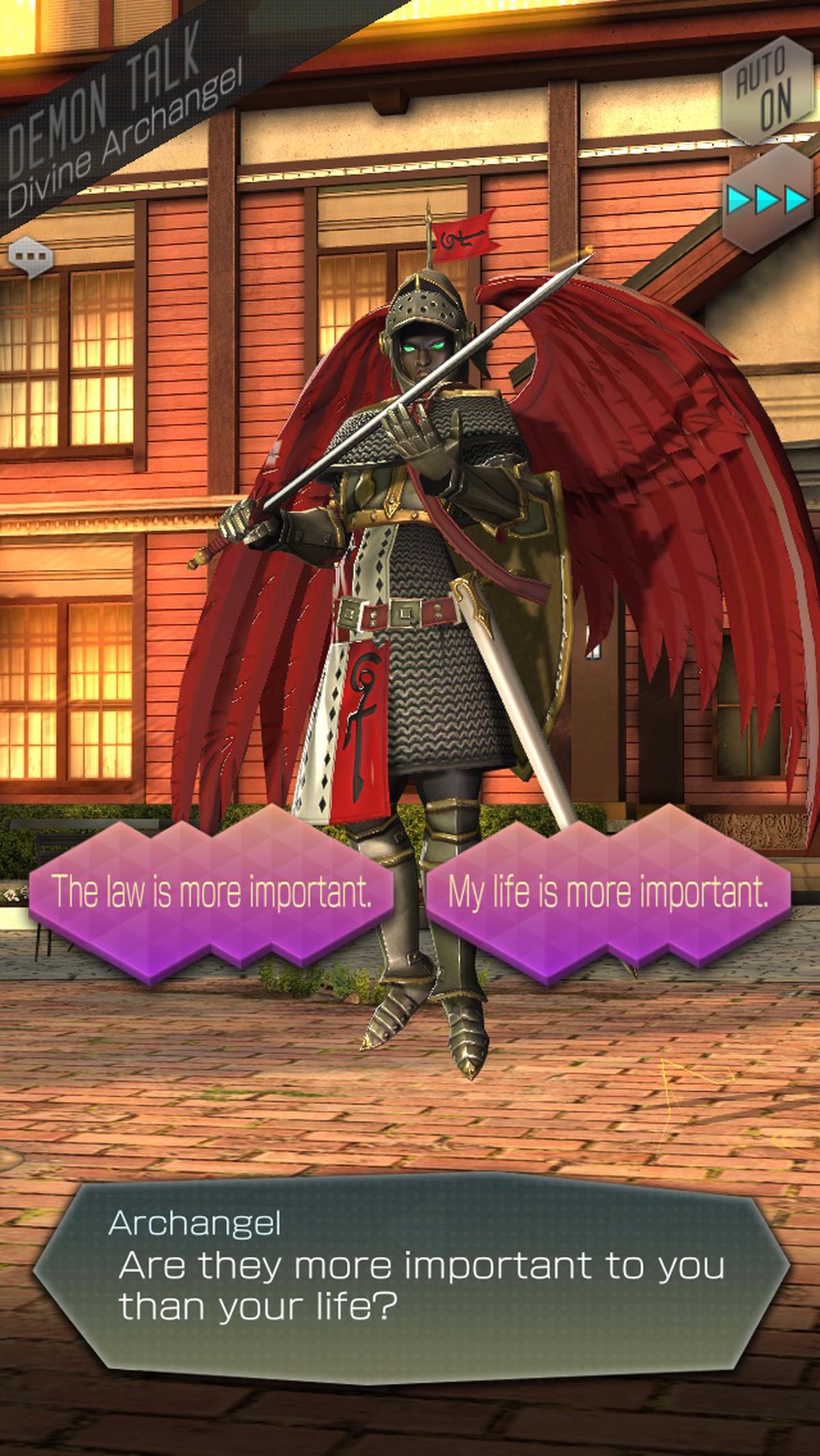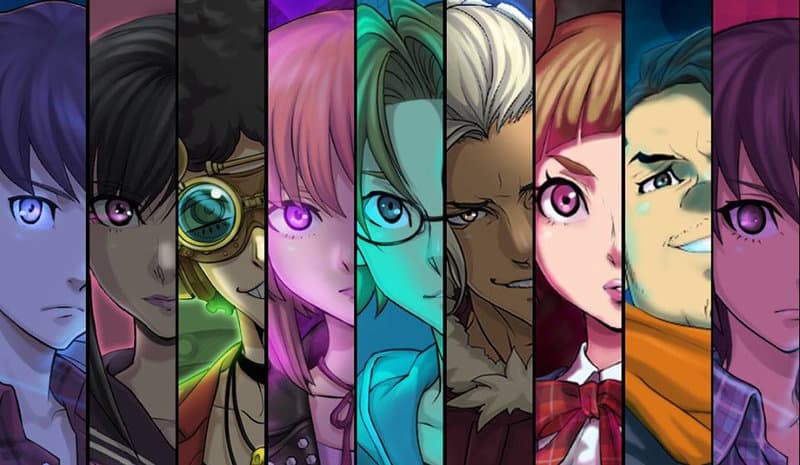When a beloved video game series makes the shift to a free-to-play mobile experience, it’s not usually a reason to get excited. These transitions rarely go well. Because of this, I wasn’t expecting much from the absurdly named Shin Megami Tensei Liberation Dx2, a mobile spinoff of the beloved role-playing series that spawned the Persona games. It’s a franchise known for surreal and engrossing stories, and deep, complex battles — not exactly things free-to-play mobile games are known for doing well. So it’s been a big surprise that over the past week, Liberation has steadily been draining my phone’s battery. I can’t seem to stop playing.
Like every other game in the series, Liberation stars a group of young people fighting off a demonic invasion. But the premise here is quite a bit more contemporary than past games. Liberation takes place in what seems like the near future, and its group of demon hunters includes a viral YouTube star who follows leads on social media. You join the group as a new recruit, and are immediately thrown into investigating demonic disturbances in the Akihabara district of Tokyo. The game is a mix between dialogue-heavy story sequences, which are immediately followed by a series of battles.

The story is both silly and dark — a series hallmark — and it’s divided into bite-sized chapters, which is perfect for a mobile game. While the sequences are mostly non-interactive, aside from the occasional dialogue choice, they at least look great, with detailed, animated character portraits. The game features an eclectic cast that includes everything from a demon-fusing nun to a gun-obsessed hunter. It helps that Liberation has some strong talent behind it. The characters were designed by Tatsuro Iwamoto, best known for his work on the Ace Attorney series, while the scenarios were written by Makoto Fukami, who worked on the excellent cyberpunk anime Psycho-Pass.
The battles, meanwhile, feel like classic SMT but streamlined for a smartphone. There are lots of familiar monsters and moves, and there’s the same rock-paper-scissors element where you need to find and exploit an enemy’s weakness to succeed. But everything moves quickly, and the menus are well-designed so you can play with one hand in portrait mode. You can even talk to certain demons to recruit them, and the process of fusing and upgrading monsters remains in tact. Think of it kind of like a more disturbing take on Pokémon.
This means that the two most important elements of an SMT game — story and combat — are in place, and, at least over the first two chapters, the experience isn’t bogged down by free-to-play nonsense. That doesn’t mean that the monetization doesn’t intrude sometimes. There’s an energy system that limits how much you can play in any given session, and a huge range of virtual currencies that you can use to upgrade your demons. There are also some really annoying pop-up ads that alert you to limited-time sales. The good news is that, from what I’ve played so far, none of this is really necessary. I haven’t felt the need to spend any money to play more or get stronger monsters. That could well change in later chapters as the difficulty increases, but for now I’m having fun with it.
All of this is a surprise. The kind of deep, engrossing role-playing that the series is known for doesn’t typically work well on mobile, especially when you add in the wrinkle of free-to-play. But Liberation does an admirable job of not only keeping the soul of SMT in tact, but tweaking it so that it’s a lighter experience that fits on your phone. It’s worth putting up with a few ads for gems.
READ ALSO Simple Urban Legends or Haunted and mysterious videogames of history?
READ MORE How a love for Minecraft can blossom into a love for reading

